
The Melbourne Free Hospital for Sick Children Established
September 9th, 1870
Dr William John Smith and Dr John Singleton opened the hospital in a six-bedroom house located at 39 Stephen Street.
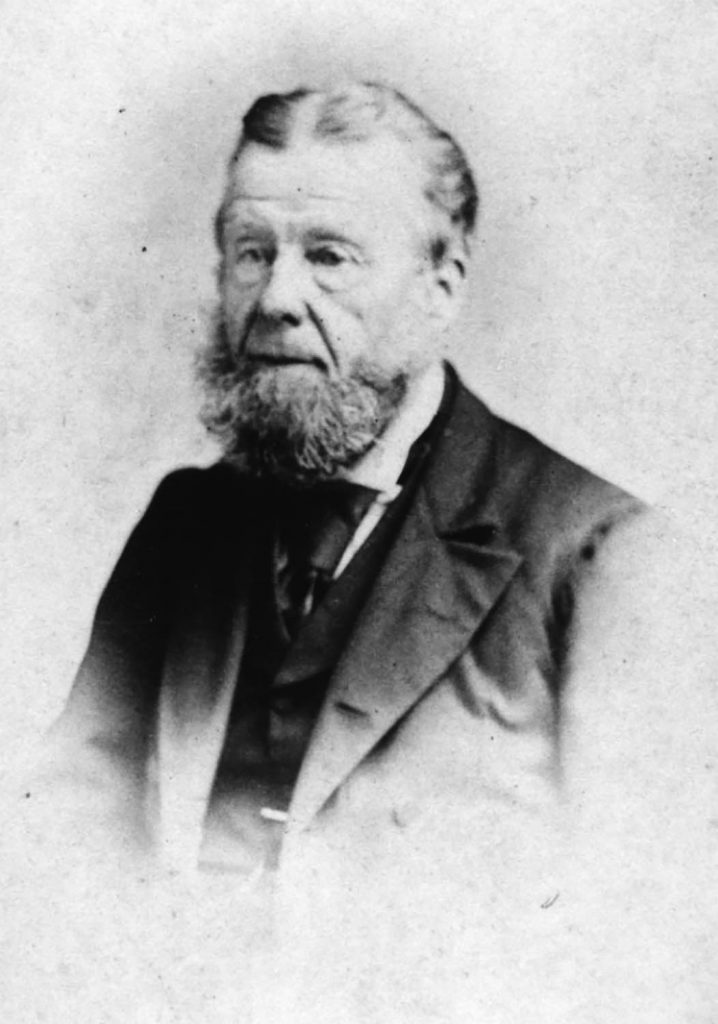
First Attending Surgeon
September 9th, 1870
Hospital founder Dr Smith took on the role of attending surgeon.
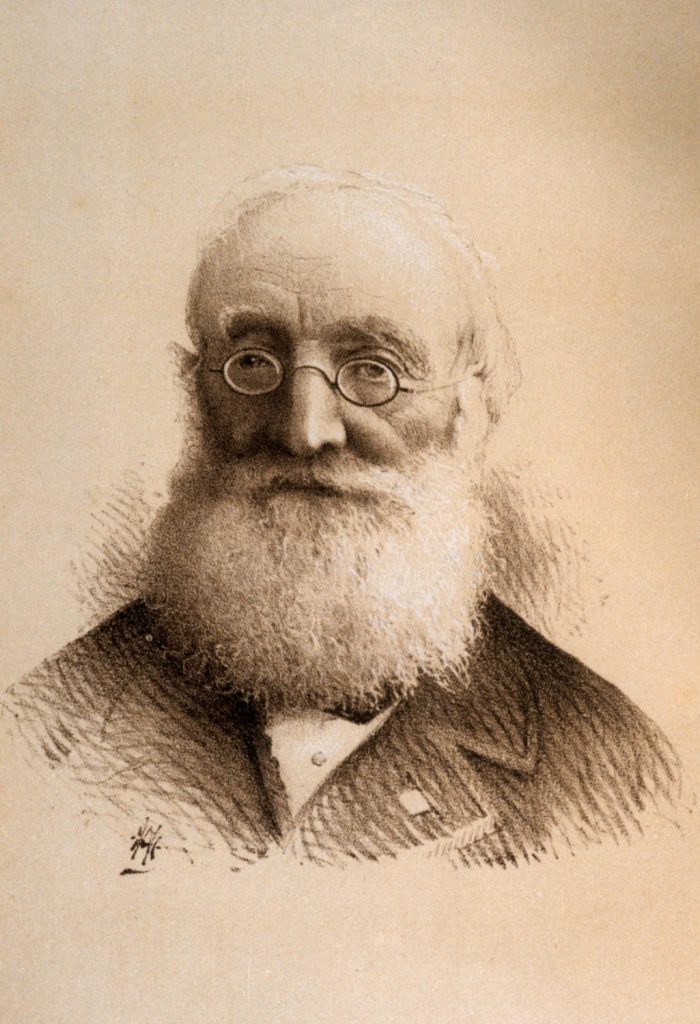
First Attending Physician
September 9th, 1870
Hospital founder Dr Singleton took on the role of attending physician.
First Honorary Physicians and Surgeons
September 9th, 1870
In addition to Dr William John Smith and Dr John Singleton, Dr Motherwell was named honorary consulting physician and Professor Halford, honorary consulting surgeon.
Dr John Singleton Resigns
Due to ideological differences, Dr John Singleton withdrew from his hospital commitments.
Dr William John Smith Resigns
Dr Smith was awarded life governorship of the hospital when he resigned in order to establish his own general practice in Casterton.
Doctors William a’Beckett, Joseph Black and Henry Wigg
After the departure of Smith and Singleton, three new doctors were appointed to the position of honorary attending medical officer.
Doctors Edwin James and James Nield
As a result of growth in demand, two more doctors were appointed to the position of honorary medical staff.
First Resident Doctor
The committee decided to create a paid position for a resident doctor. The honorary doctor positions were unpaid, usually held by doctors with their own private practice. The first resident doctor was Dr W.E. Stewart, soon replaced by Dr Charles Hunter.
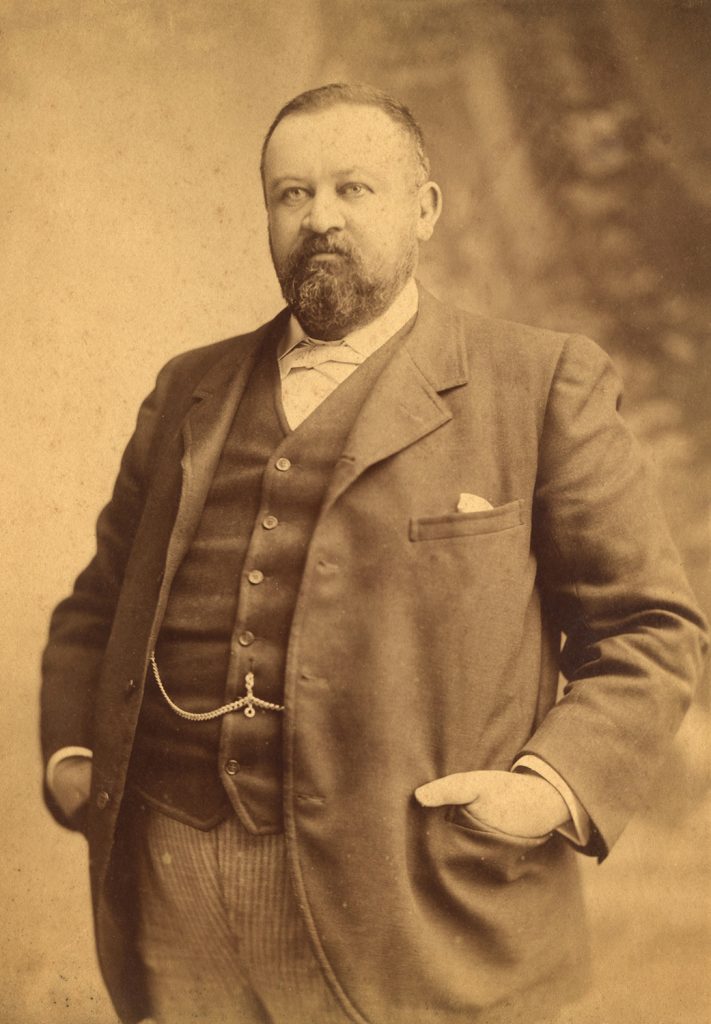
Dr William Snowball
Dr Snowball was appointed resident doctor in 1878 and stayed in the role until 1882. Snowball came to be regarded as the father of Australian paediatrics. He retained an honorary position until his death in 1902.
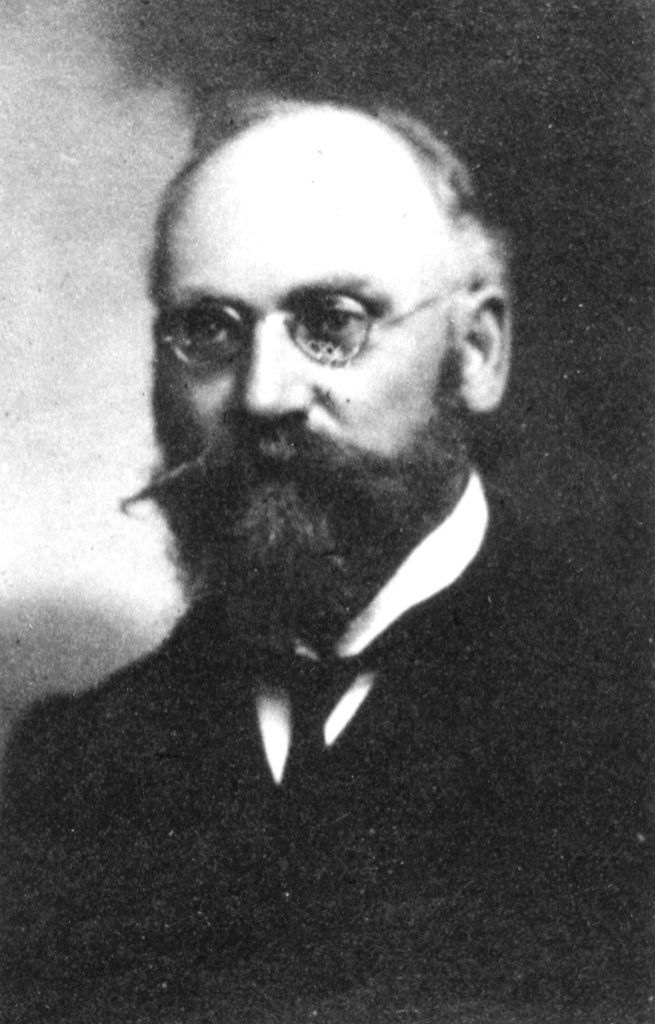
Dr Peter Bennie
Dr Bennie was appointed an honorary position and remained an active member of hospital staff for 36 years. He also lectured in medicine at the University of Melbourne.
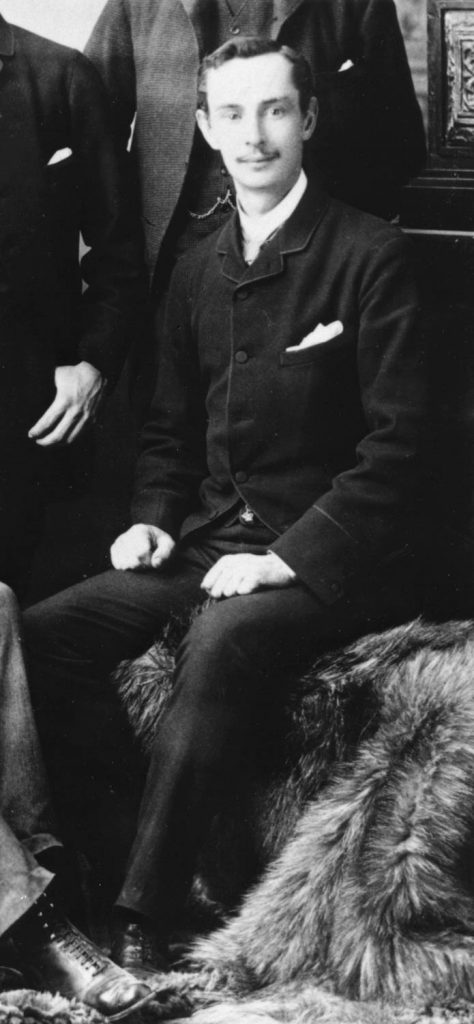
Dr Arthur Jeffreys Wood
Appointed as resident doctor, then made an honorary staff member in 1893, Wood stayed in the role until 1921. He maintained a consultancy position at the hospital until his death in 1937. His research on the ill-effect of bad milk resulted in the prevention of many infant deaths.
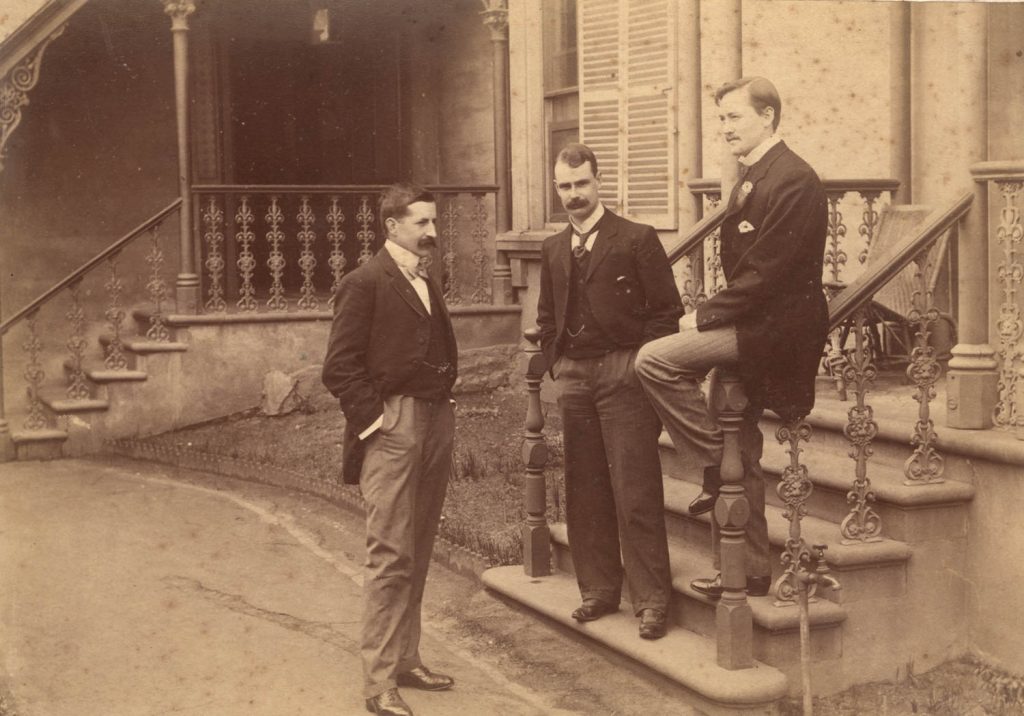
Dr Richard Stawell
Appointed as resident, then honorary staff member from 1893, Stawell retained a position at the hospital until 1914. He was a highly regarded teacher who attracted many medical students to the hospital.
Dr Hamilton Russell
New appointee as honorary staff member, Russell was active at the hospital on-and-off until 1925.
Dr Alan Mackay
New appointee as honorary medical officer, active at the hospital until 1920.
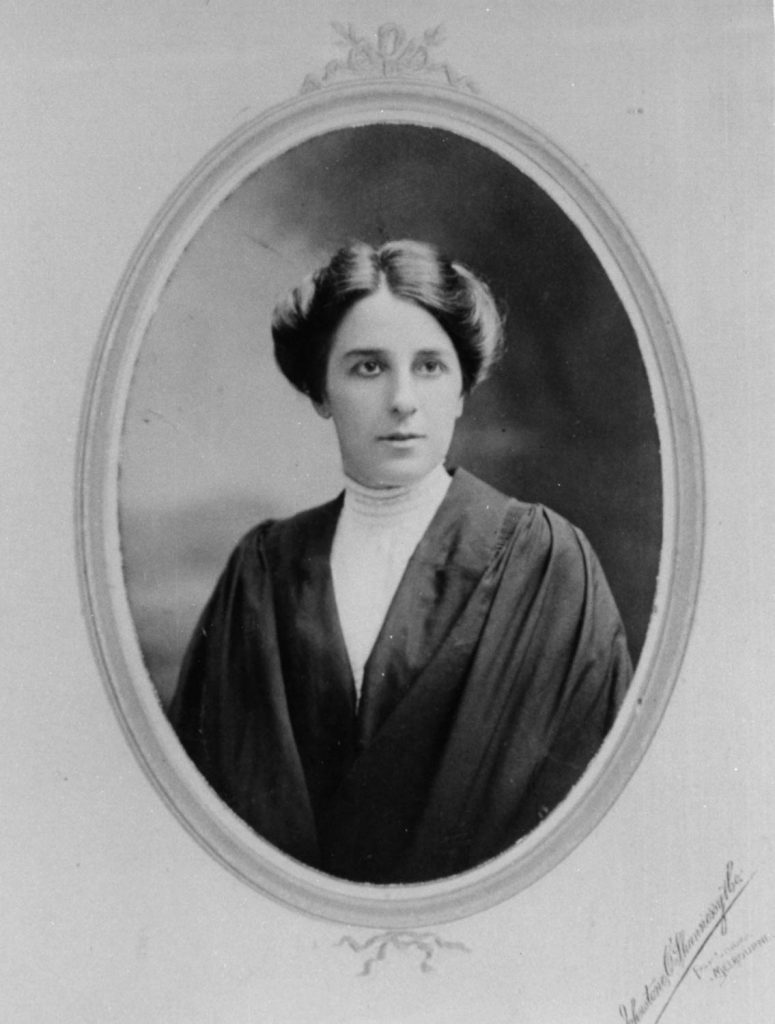
Dr Ethel Mary Vaughan Cowan
After a one-month trial – without pay – Cowan became the first woman to be made resident doctor.
Re-structure of the Hospital Committee
For the first time, a representative from the honorary medical staff joined the management committee.
Dr Harry Douglas Stephens
First employed by the hospital in 1901, Dr Stephens progressed through the ranks and departments, maintaining a connection with the hospital until his death in 1952.
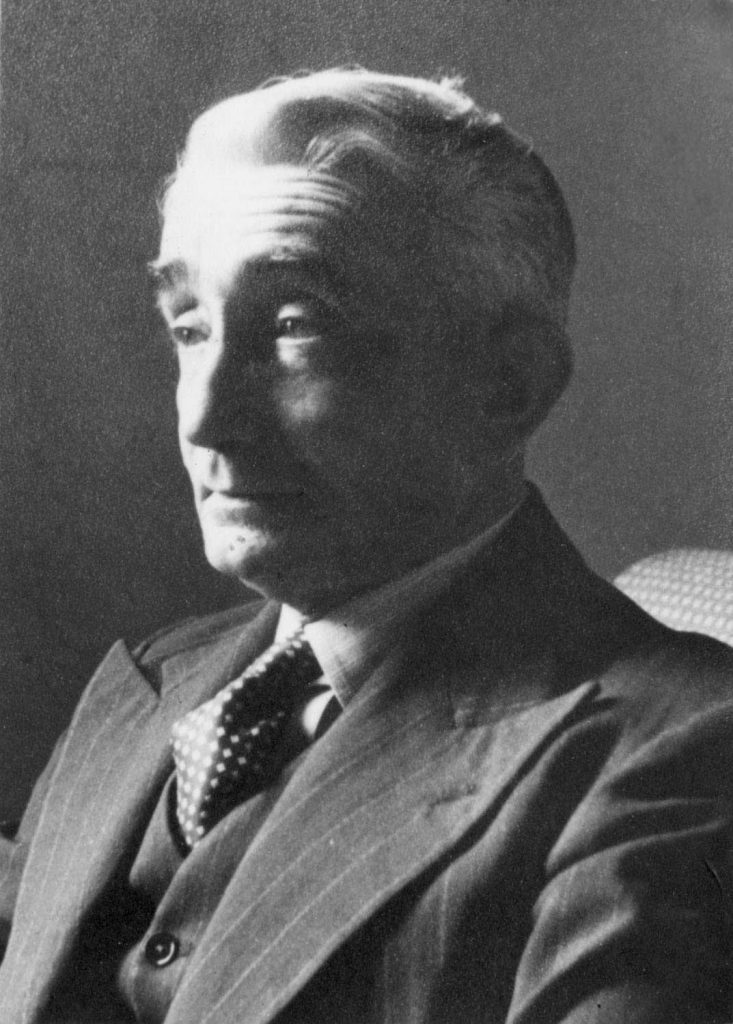
First Full-time Pathologist Appointed
Dr Reginald Webster was the first full-time pathologist at any Melbourne hospital. He stayed in the role until 1947.
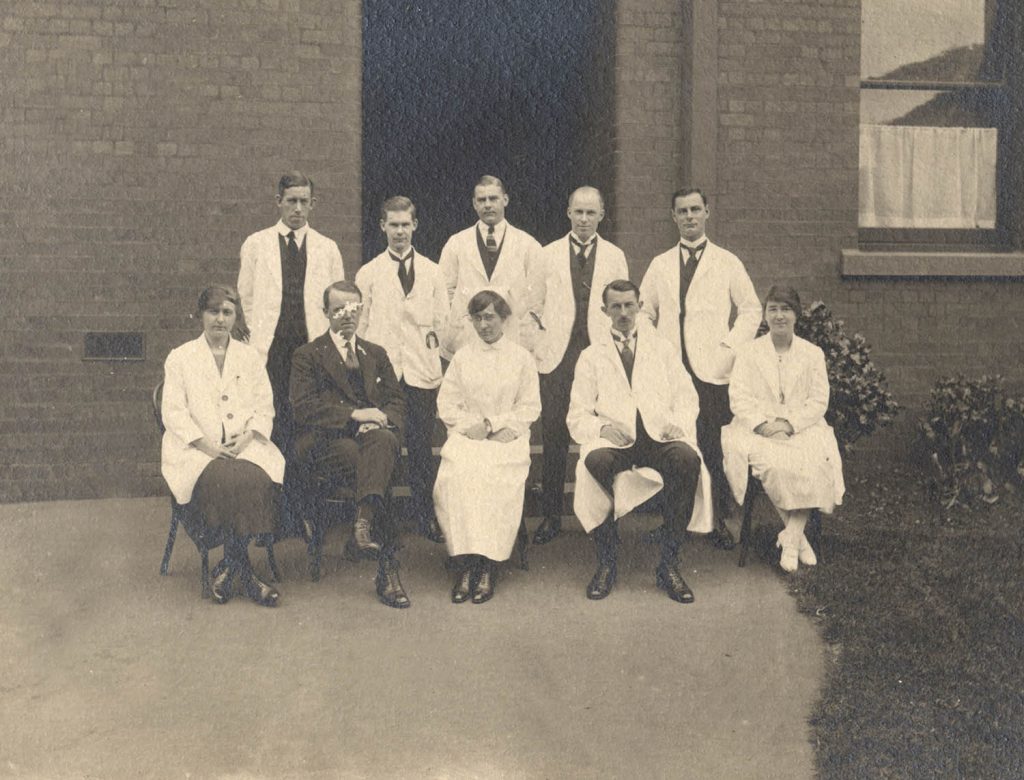
Male Doctors Join the Army
As a result, a more diverse representation of doctors were able to find employment at the Children’s. Women such as Dr Vera Scantlebury, Dr Ellice Davies, Dr Annie Bennett, Dr Bertha Donaldson, and Dr Annie Windmill joined the hospital as residents.
Returned Servicemen Are Given Preference for Employment
Nearly every new resident employed was a former soldier and women who had held doctor and surgeon positions during the war were put at a disadvantage.
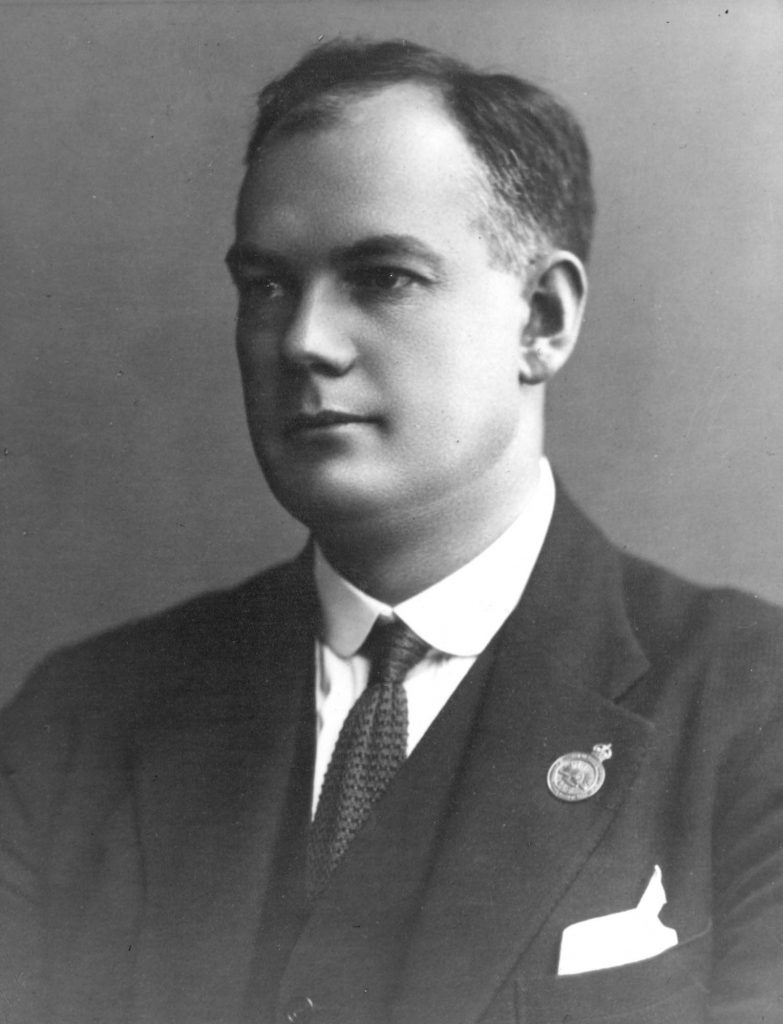
Dr John ‘Jock’ Whyte Grieve
Grieve became chief resident doctor in 1919 and worked at the hospital until his death in 1948. He was much loved for his gentle demeanour in dealing with patients.
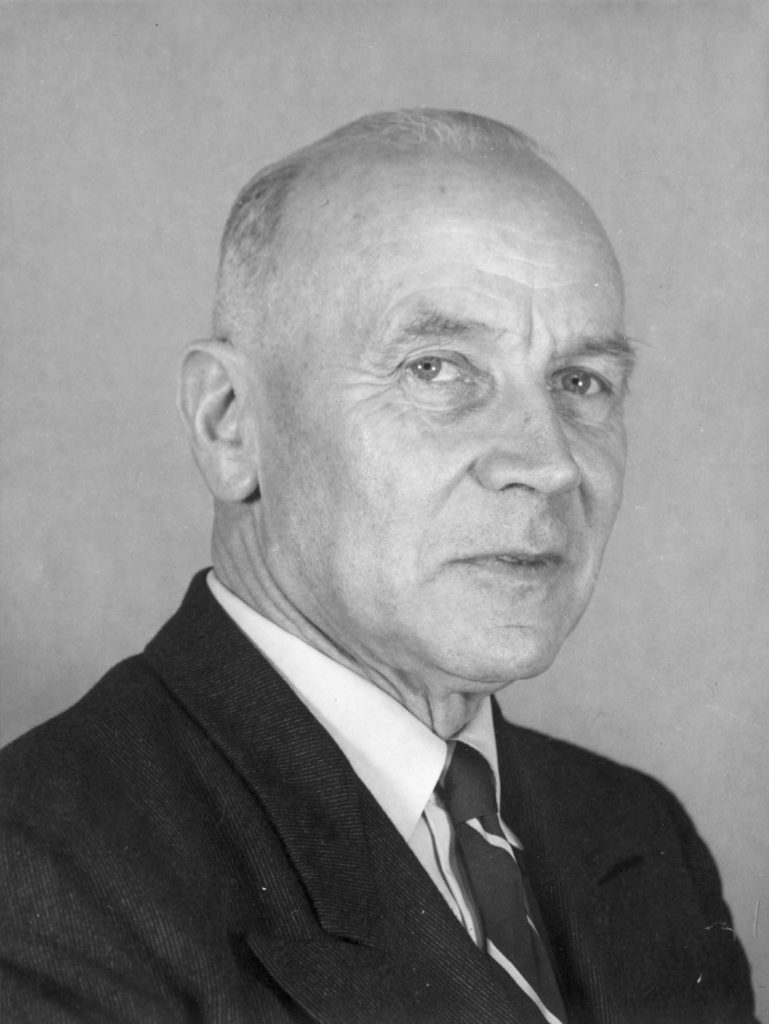
Dr Robert Southby OBE
Beginning as a junior resident, Southby became medical superintendent in 1924. He became lecturer in paediatrics in 1948 and remained involved in paediatrics until his death in 1991.

Dr Howard Boyd Graham
Appointed to the first medical superintendent role, Dr Graham was interested in the relation between poverty and child health.
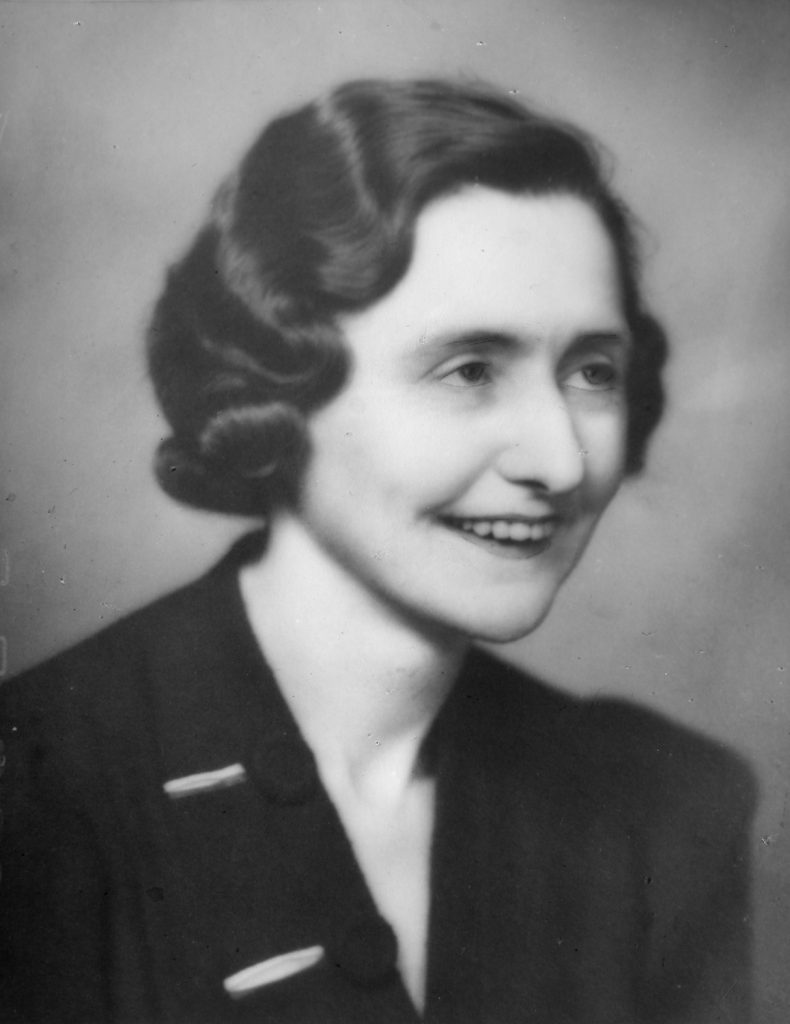
Dame Kate Campbell DBE
Though Campbell resigned in 1924 for a role with more responsibilities at The Royal Women’s Hospital, the time she spent with children at the hospital solidified her interest in paediatrics and she became an enormously respected practitioner in the field.

Dame Jean Macnamara DBE
Macnamara was a great advocate for the benefits of physiotherapy. In 1928, she became the first woman to hold full honorary rank. She stayed with the hospital until 1959.
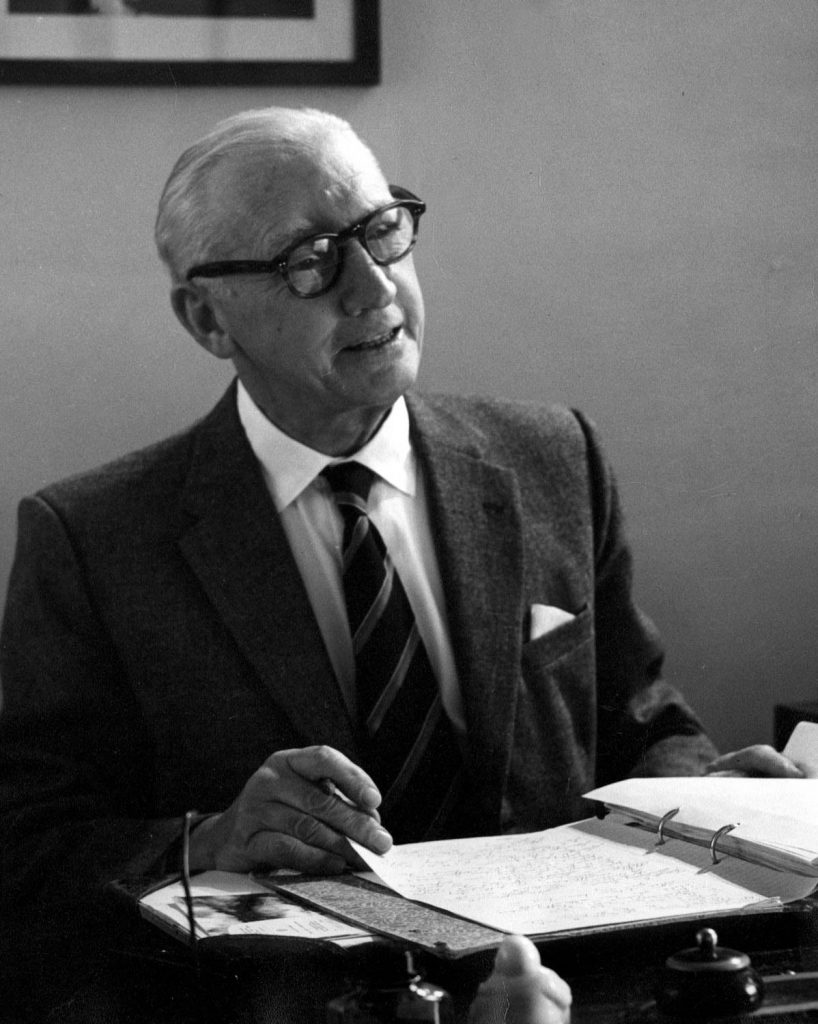
Dr Douglas Galbraith
Dr Galbraith was appointed physician to outpatients and involved with the hospital until 1960. He believed in the importance of holistic care for children, addressing their social, as well as their physical, rehabilitation.
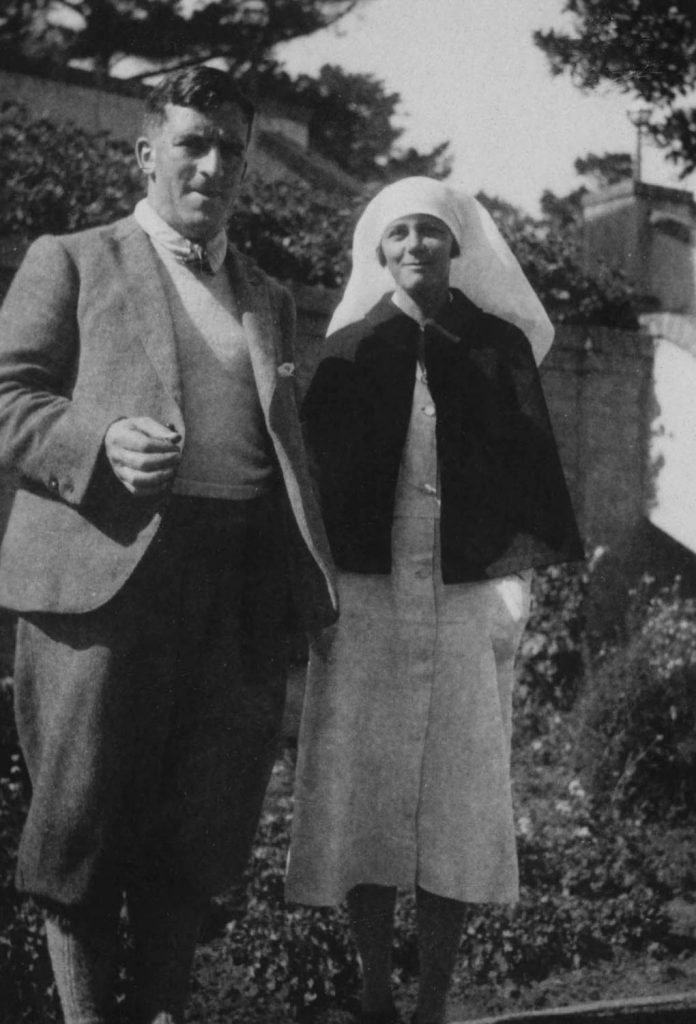
Dr John Colquhoun
Appointed as the first medical superintendent at The Children's Orthopaedic Hospital, which was soon to be opened.
Dr Stanley Williams
Williams came to the Children’s as resident, then after more training in England was appointed medical superintendent in 1935. He was an innovative and well-published practitioner.

Professor Vernon Collins CBE
Appointed as a physician to inpatients, Collins quickly became medical superintendent. As medical director from 1948 to 1959, he worked closely with Lady Ella Latham to reform the hospital in terms of staffing and patient care. He was with the hospital until 1974.
Dr Eric Price
Appointed honorary surgeon at The Children’s Orthopaedic Hospital, Price became chief of orthopaedic surgery from 1946-1962 and developed many procedures for the care of orthopaedic patients.
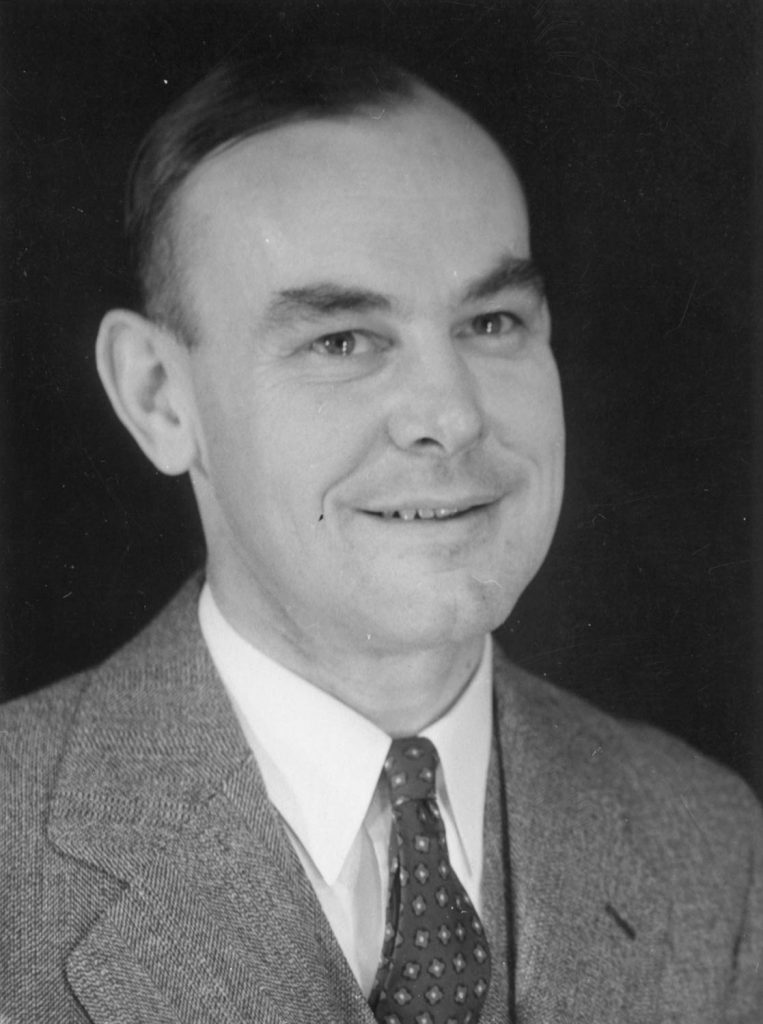
Dr Howard Williams
Appointed medical superintendent, Williams was involved with the hospital until 1975. His clinical paediatric experience and enthusiasm for clinical research had a strong influence on the diversity of services offered by the hospital. In 1948 he was appointed as the hospital’s first full-time director of clinical research.

Dr Elizabeth Turner
The first woman to become medical superintendent at the hospital, Turner also administered the hospital’s first penicillin treatment in 1944 and was instrumental in the development of a travelling incubator to help bring babies to the hospital.

Dr Charlotte Anderson AM
Starting in 1946, Anderson worked at the hospital until 1968. She was a pioneer in clinical research, particularly in the field of gastroenterology, where she made significant contributions to treatments of cystic fybrosis and coeliac disease. She formed the hospital’s Gastroenterology Research Unit in 1961.
Introduction of Diabetic Holiday Camps
Dr Geraldine Amies, a diabetic herself, introduced diabetic camps to help improve the quality of life for diabetic children.
Specialist Appointments
In a show of the professional developments of the time, the hospital committee appointed three new specialists: Mr Reginald Hooper as neurosurgeon; Dr Graeme Robertson as neurologist; and Mr Benjamin Rank as plastic surgeon.
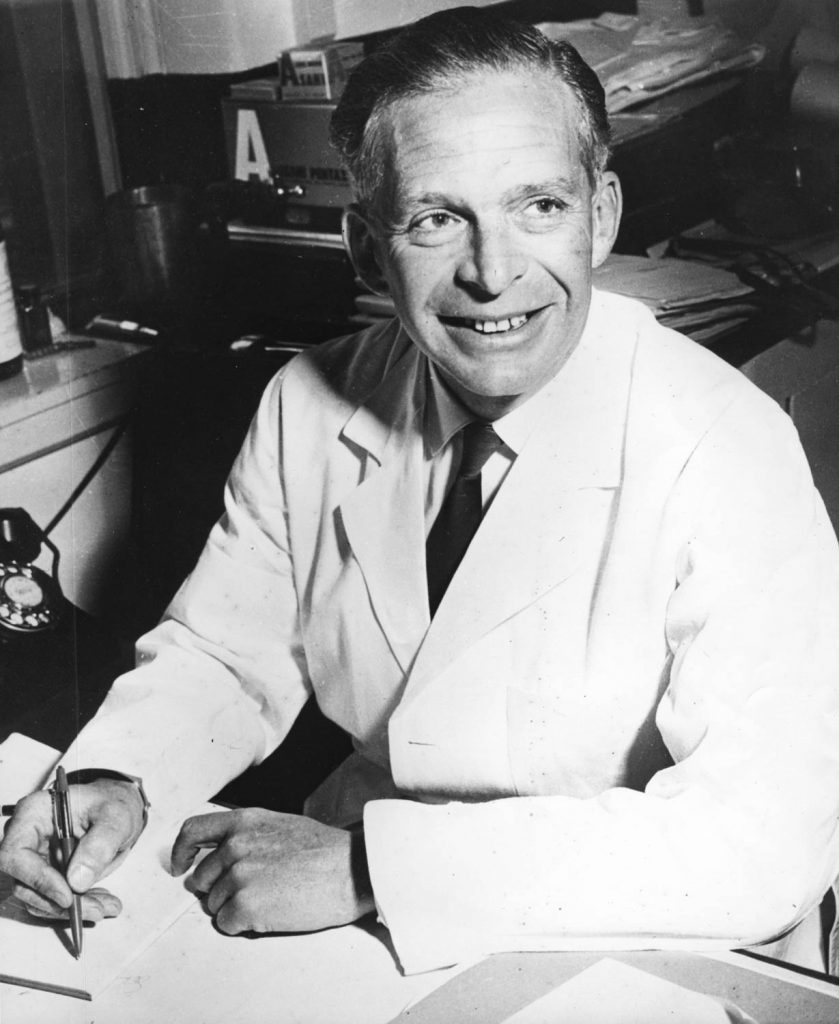
Dr John Perry
Appointed director of pathology, Perry managed an expansion of the department. He became medical director from 1960 and oversaw the move from Carlton to Parkville.
First Trials of Leukaemia Treatment
Led by Dr John Colebatch AO, the hospital implemented the world’s first controlled trial of chemotherapy treatments for leukaemia - previously considered untreatable.
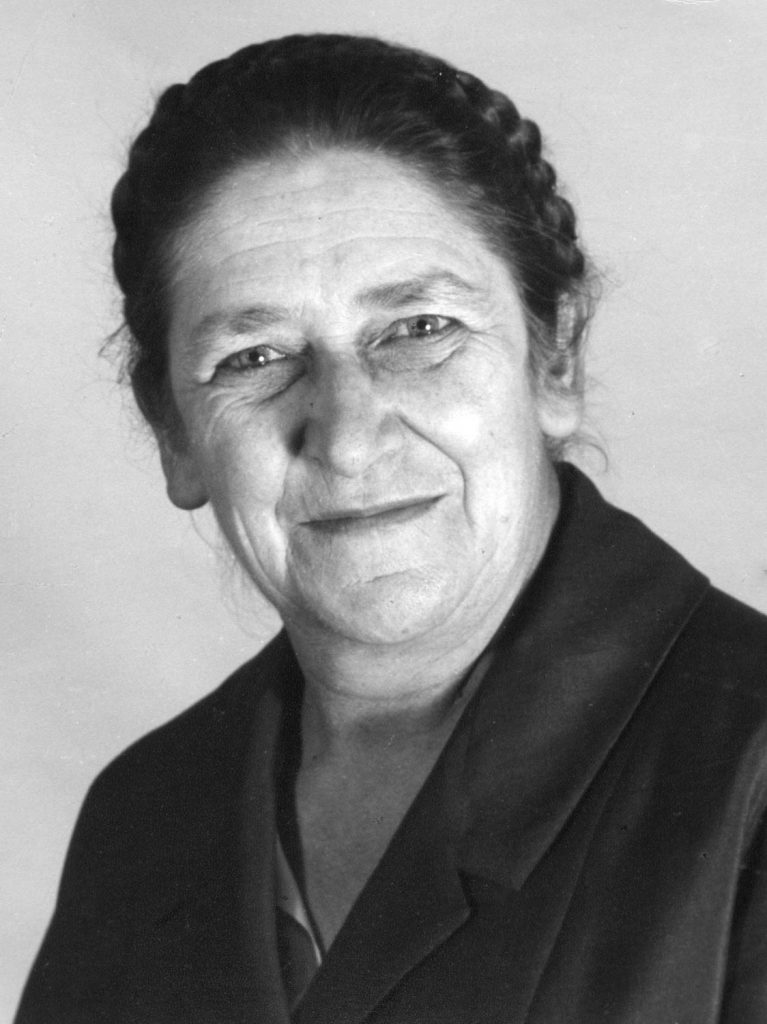
Dr Margaret (Gretta) McClelland OBE
Appointed senior paediatric anaesthetist, McClelland became the hospital’s first full-time director of anaesthesia in 1956 and was with the hospital until retirement in 1970. She was involved in improvement of anaesthetic techniques.
Library Re-named in Honour of Dr J W Grieve
After Grieve’s passing in 1948, Dr Howard Williams petitioned for the library to be named in his honour.
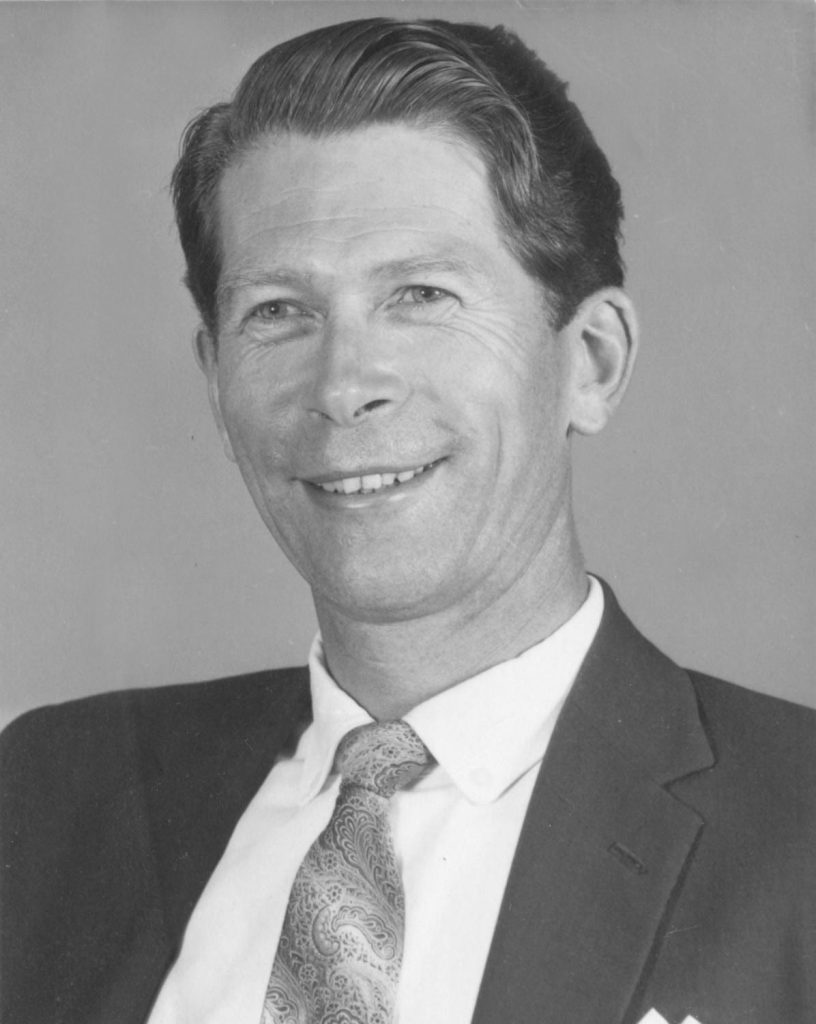
Dr Harry Hiller
Appointed director of radiology, Hiller introduced many improvements in the way of equipment and techniques.

Dr Winston Rickards AM
Appointed as the first director of psychiatry, Rickards developed a multi-disciplinary approach to child mental health and his research achieved many breakthroughs.
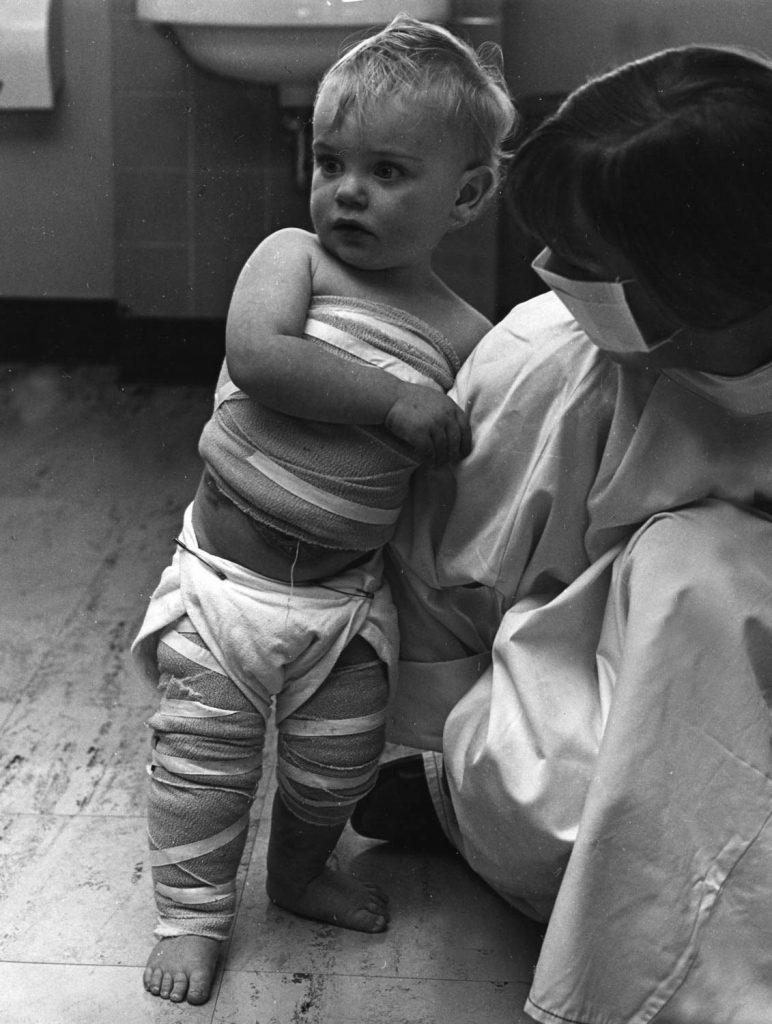
Burns Unit Established
Dr A Murray Clarke led the establishment in response to the high occurrence-rate of patients admitted with burns.
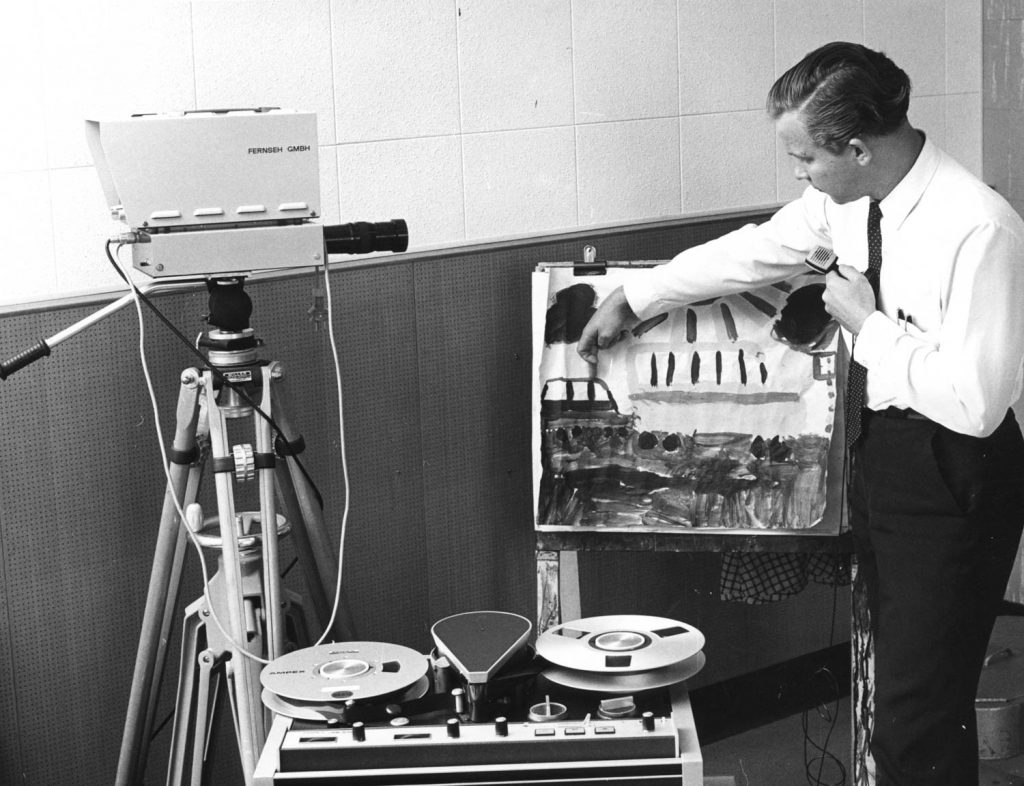
Eddie Keir OAM
Keir became chief audiologist and remained in the role until 1997. He had a background in electrical engineering and child psychology and under his guidance the Audiology Department addressed the behavioural problems of children with hearing impairments.
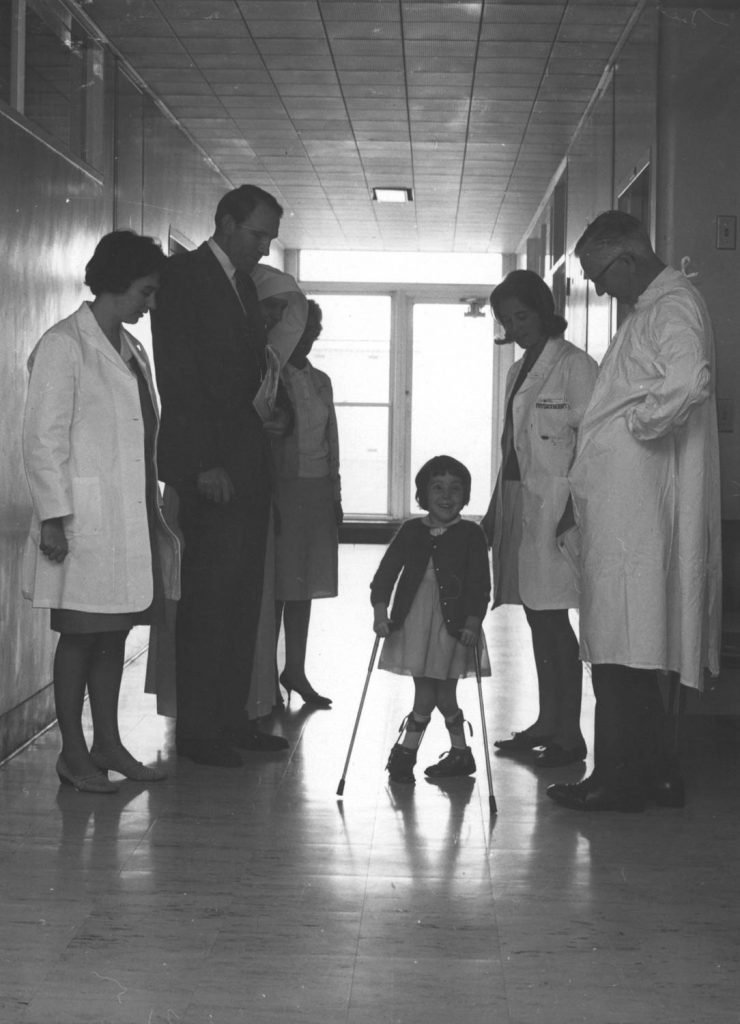
The Spina Bifida Clinic Established
Co-ordinated by Dr Keys Smith, the clinic was soon the second biggest in the world.
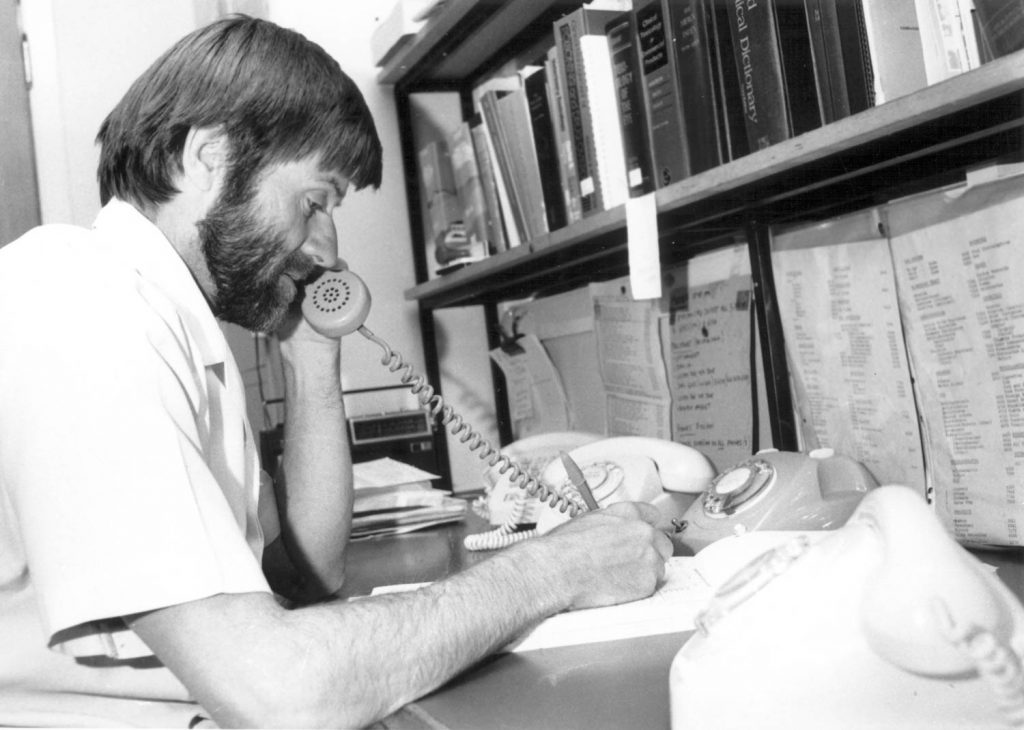
Poisons Information Centre Opened
Dr John Perry was a key instigator of the establishment of a poisons register and resource for parents and health professionals.

Endocrine Clinic Formally Established
Of particular relevance to the care of children, Dr Norman Wettenhall AM’s interest in endocrinology was formalised as a specialty area of research.

Dr L.E.G. Sloan
Appointed medical director, Sloan was instrumental in addressing the issues that arose with a reduction in funding in the late 1970s. He was with the hospital until 1981.
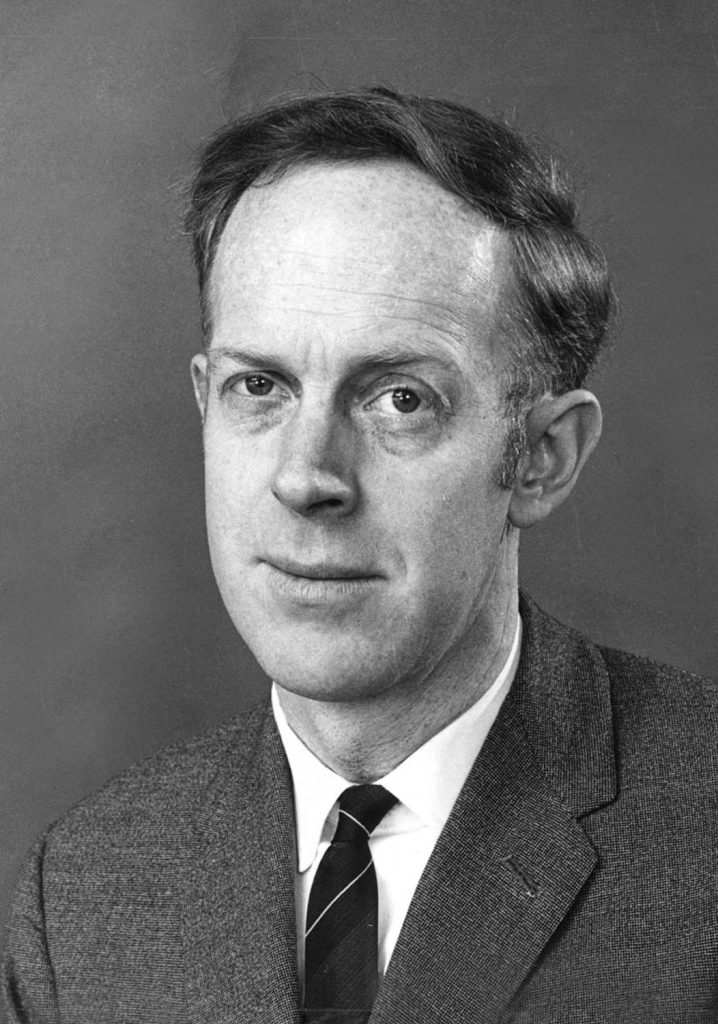
Professor David Danks AO
Danks was a physician at the hospital who specialised in treating patients with liver disease, before moving into genetics research. In 1986 he became a co-founder of the Murdoch Institute for Research into Birth Defects.
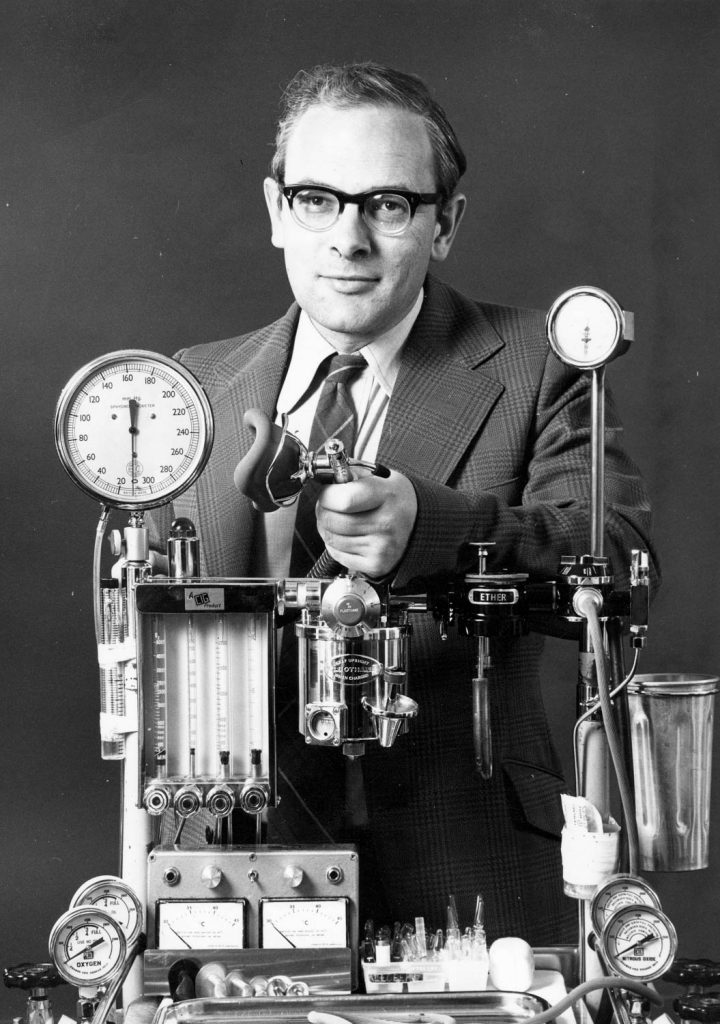
Dr Kester Brown AM
Appointed as medical officer in 1967, Brown became the director of anaesthesia in 1974 and stayed in the role until 2000.
Dr Ian Hopkins OAM
The first in Australia to specialise in paediatric neurology, Hopkins was assigned as head of neurology, where he introduced many improvements and technological advancements.
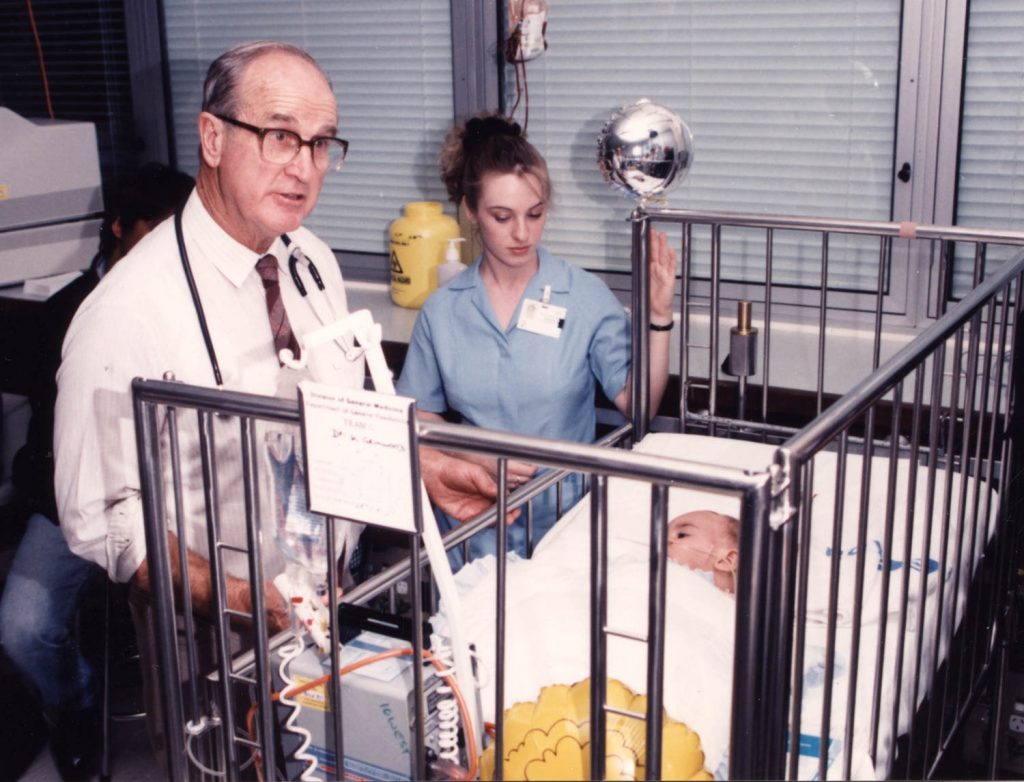
Nephrology Clinic Formally Established
Under direction of Dr David McCredie AM, facilities for dialysis treatment of children were established.
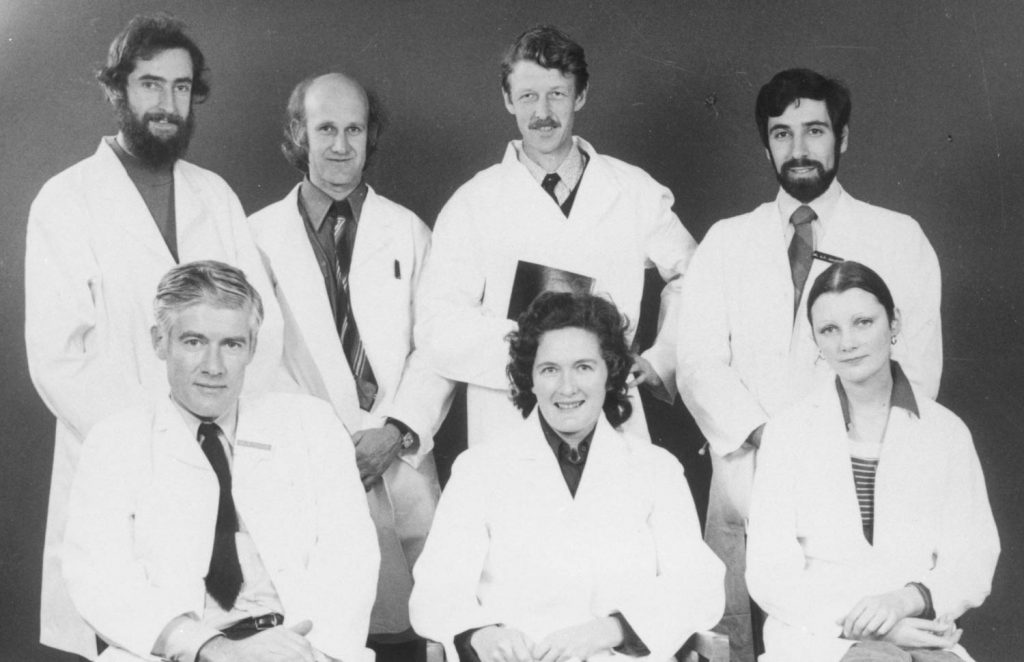
Rotavirus Discovered
Professor Ruth Bishop AC, Dr Rudge Townley, Professor Geoff Davidson, and Associate Professor Ian Holmes, discovered rotavirus, a common cause of gastroenteritis.
Department of Thoracic Medicine Established
Professor Peter Phelan AM was appointed director.
Intensive Care Department Established
Initially part of the Anaesthetic Department, Intensive Care became autonomous, with Dr Geoff Barker as director.
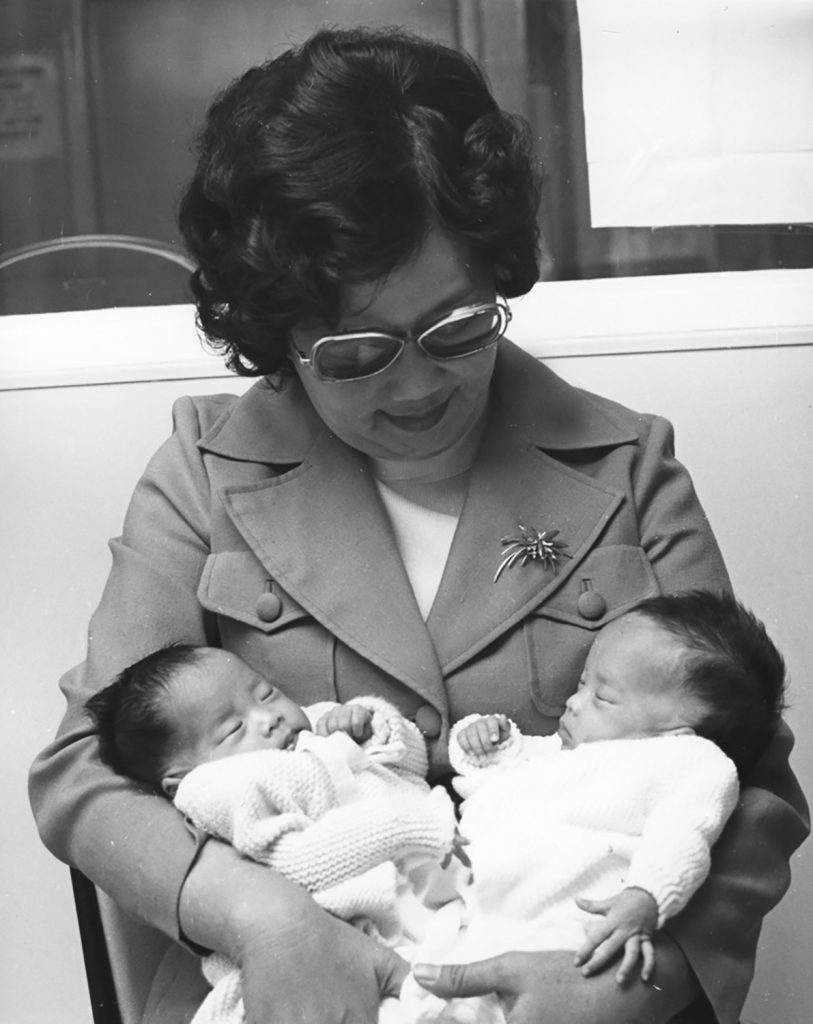
Two Sets of Conjoined Twins Safely Separated
In August the Foo twins, Yew Sun and Yew Te, were separated by Mr Peter Jones. In October the Priestly twins, Grant and Andrew, were separated in an operation headed by Mr Nate Myers AM.
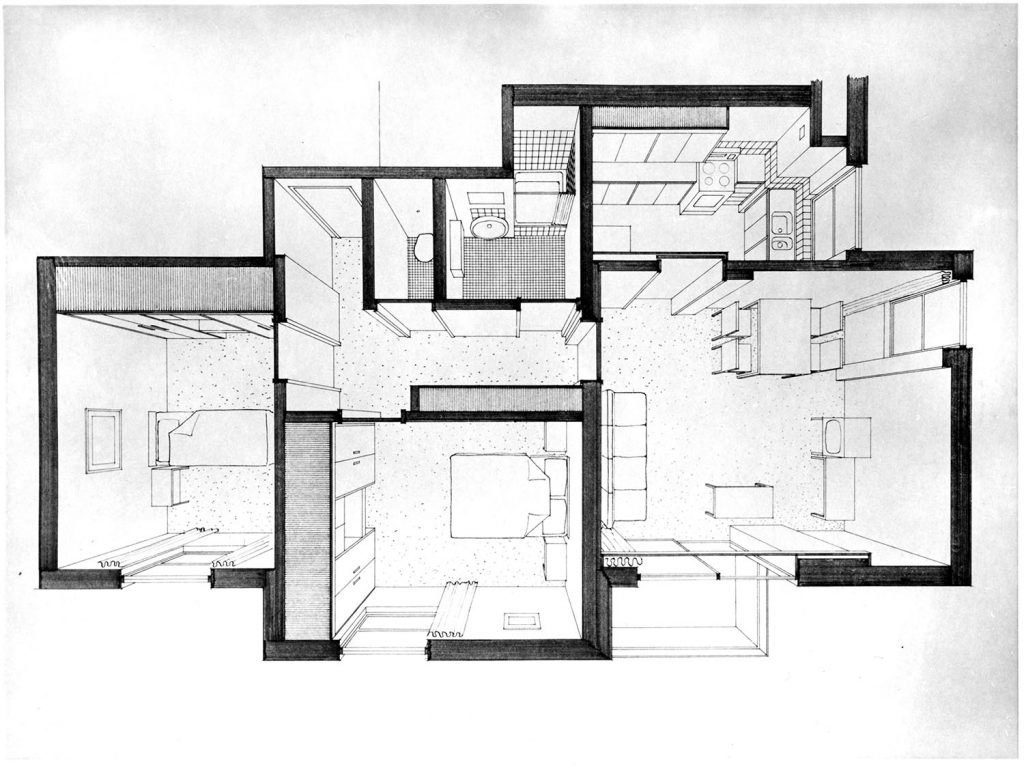
Ferguson House Formally Opened
Situated on Flemington Road, Ferguson House provided accommodation for hospital staff members.
Dr Max Robinson AM
Appointed professor at the University of Melbourne, Robinson introduced formal clinical exams.

Professor Peter Phelan AM
Phelan was installed as professor of paediatrics at the University of Melbourne. Revision of the paediatric curriculum allowed increased specialisation in paediatrics.
RCH Medical Alumni Association Established
The group is membered by medical and dental professionals who have spent time working at the RCH.







































